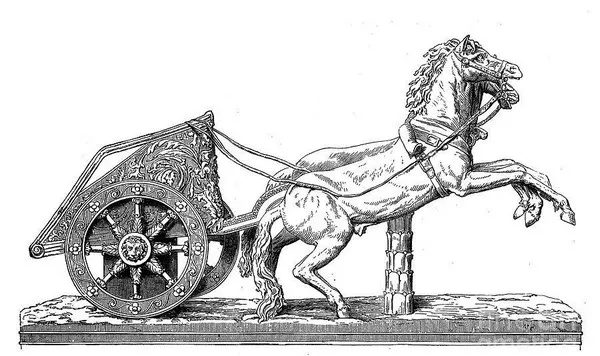Scientists at the University of Tokyo have developed the world’s smallest chariot, an innovative micromachine visible only under a scanning electron microscope. This miniature vehicle, crafted using advanced 3D printing technology known as two-photon stereolithography, is designed to be propelled by single-celled algae.
The chariot’s creation involved intricate work at a scale of 1 micrometer (equal to 0.001 millimeter), utilizing light to construct microstructures from plastic. A key challenge for the researchers was optimizing the design of a basket-shaped trap, crucial for effectively capturing and retaining algae as they move.
Naoto Shimizu, a student from the Graduate School of Information Science and Technology at the University of Tokyo, explained the inspiration behind the project: “We were fascinated by the rapid and agile swimming capabilities of Chlamydomonas reinhardtii, a widely distributed algae. Our research demonstrates the feasibility of trapping these algae without hindering their mobility, opening new possibilities for the propulsion of micromachines in engineering and research applications.”
This breakthrough showcases the potential of harnessing biological organisms for advancing microscopic technology, paving the way for future developments in nanotechnology and biologically-driven robotics.
You Might Be Interested In:

























